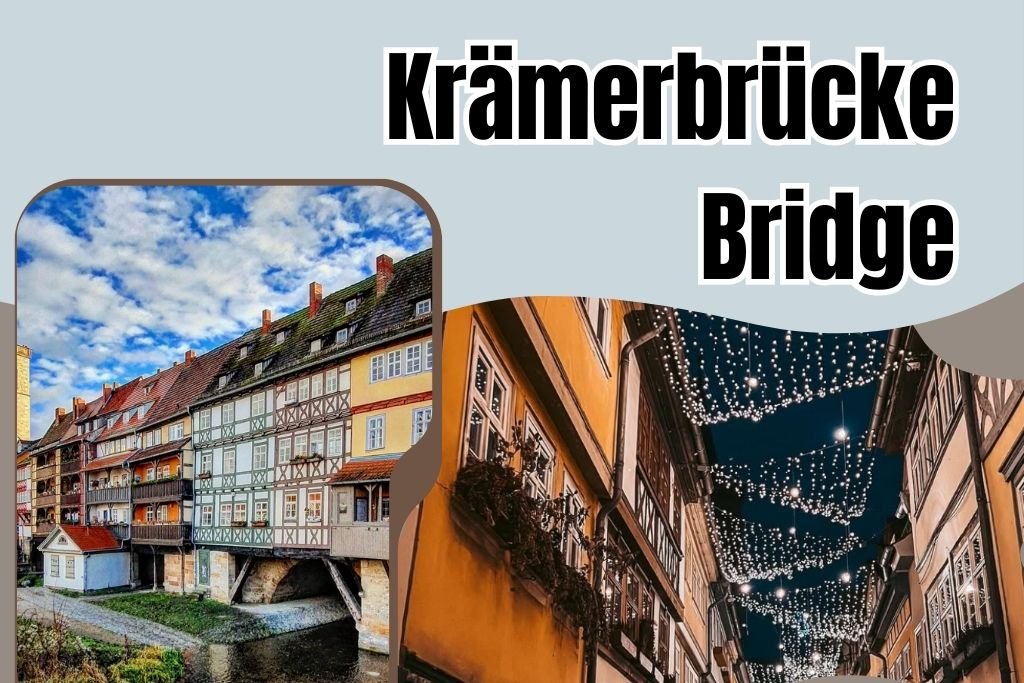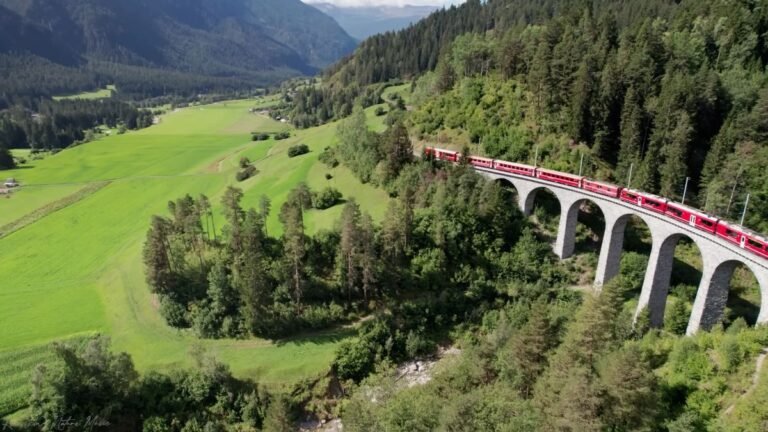Krämerbrücke Bridge Travel Guide

Krämerbrücke—or Merchants’ Bridge. Picture this: a medieval stone bridge with actual houses on it. People live there, shop there, and probably flex the coolest river views ever. I mean, who gets to say, “Oh yeah, I live on a bridge”? It’s been inhabited for over 500 years, making it Europe’s longest-lived-in bridge. Venice wishes it had this kind of swagger.
Merchants’ Bridge, stands as one of Erfurt‘s most iconic landmarks. This medieval stone bridge is uniquely lined with half-timbered houses, making it the longest inhabited bridge in Europe.
History
Origins: First mentioned in 1156, the bridge was reconstructed in stone in 1325 after several fires.
Architecture: Spanning 125 meters over the Breitstrom, a branch of the Gera River, it connects Benediktsplatz and Wenigemarkt.
Inhabited Legacy: Originally hosting 62 buildings, today 32 structures remain, housing shops and residences.
No Entry Fee Needed
- There is no entrance fee to walk across the Krämerbrücke, it is a public street.
- Individual shops and businesses along the bridge will have their own pricing.
Krämerbrücke Bridge Opening Hours
- The bridge itself is open 24/7 as it’s a public pedestrian walkway.
- Shops and businesses along the bridge will have their own operating hours.
- St. Giles Church (Aegidienkirche) at the east end:
- Tuesday to Sunday: 11 AM to 5 PM (check for updates).
How to Get There
- Location: The Krämerbrücke spans the Breitstrom (a branch of the Gera River) and connects two squares: Benediktsplatz and Wenigemarkt.
- Public Transportation:
- Tram lines 2, 3 or 6 to Fischmarkt or Domplatz stops.
- Walking: The Krämerbrücke is easily accessible by foot from the city center.
Where to Eat
Restaurants near Krämerbrücke
- Zum Wenigemarkt 13: Offers Thuringian regional dishes in a traditional tavern setting.
- Wirtshaus Christoffel: A medieval-themed beer hall with German dishes and local brews.
- Gasthaus Feuerkugel: Serves classic meat and potato dishes.
- Kromer’s Restaurant & Gewölbekeller: Cozy space with regional cuisine and a leafy terrace.
- Augustiner Erfurt: Offers regional fare and craft beer.
Tips
- Many cafes and restaurants are located in the surrounding streets.
- Consider trying some local Thuringian cuisine.
Krämerbrücke Bridge Tour Tips
- Walk the bridge and browse: Explore the shops and artisan workshops, looking for souvenirs or unique handcrafted items.
- Visit St. Giles Church: Climb the church tower for impressive views of the Krämerbrücke and the old town.
- Admire the architecture: Take photos of the charming half-timbered houses and the picturesque setting.
- Learn about the history: Discover the story behind the bridge and its significance as a medieval trade route.
- Look out for the Krämerbrückenfest: This annual festival takes place in June and includes music, theater, medieval markets, and artisan displays.
- Consider a guided tour: Learn more about the history and significance of the bridge.
Nearby Attractions
Just a short walk away is the Erfurt Cathedral (St. Mary’s Cathedral), a stunning example of Gothic architecture, and the adjacent St. Severus Church, both dominating the city’s skyline.
Nearby, the Domplatz (Cathedral Square) serves as a central gathering place, hosting markets and events throughout the year.
The Old Synagogue, one of the oldest in Europe, offers a glimpse into Erfurt’s Jewish heritage.
For panoramic views of the city, visitors can explore the Petersberg Citadel, a well-preserved baroque fortress.






